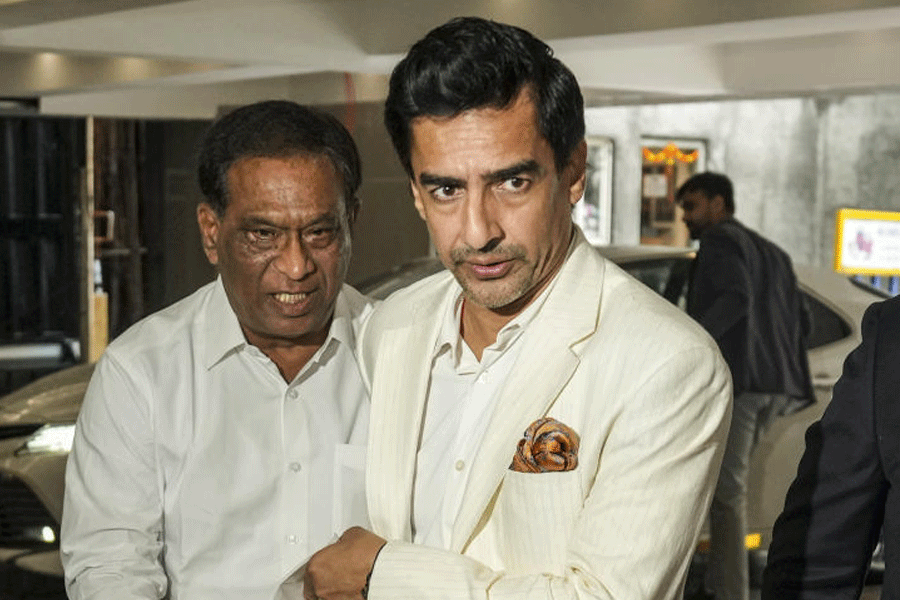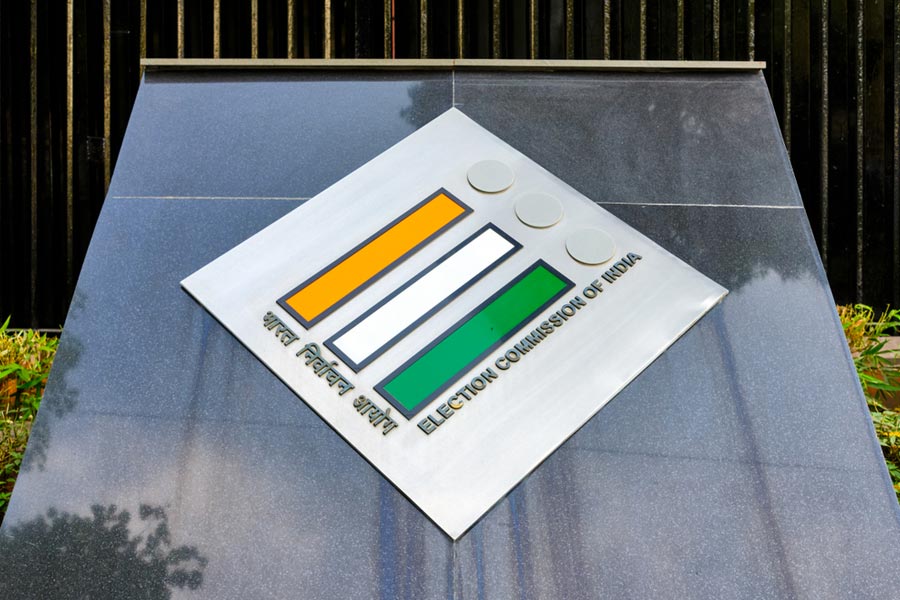 |
| MY STORY: Priya Kumar with one of her books |
A book on motivational thought was the last thing on Vikram Ahuja’s mind when he met with an accident a few years ago. But bedridden and with nothing to do, he began flipping through the The Meaning of Things: Applying Philosophy to Life, gifted to him by a friend. Soon he was hooked on author A.C. Grayling’s words on how to build one’s life.
Now the 42-year-old entrepreneur from Jodhpur is a self-confessed motivational book addict. He has read over a dozen titles in the past one year and follows what the authors preach. And what gladdens his heart is that he has a plethora of such books by Indian writers to choose from.
Among them is Anupam Kher, who was convinced by his publisher to write about the adversities he’d faced and fought. “I suffered bankruptcy and facial palsy and still bounced back,” Kher says. “All I had to do was simply write about my life.”
The Best Thing about You is You was published by Hay House India earlier this year. Within three months, over 25,000 copies were sold and it went into eight reprints. “The book, a comic look at my life, tries to instill optimism among readers,” says the national award-winning actor.
 |
 |
 |
 |
 |
 |
Indian publishers will tell you that the genre is growing by the hour. On an average, two to three books make it to the Top 20 charts every month. Some 730 new titles, by both Indian and other authors, were added to this section last year.
Anurima Roy, publicity manager, Hachette India, believes the growing aspirations of Indians have spurred the demand for motivational books. “Another reason is the stress in people’s lives today. They now want to become more organised, achieve better health and gain inner peace,” she says.
In the West, motivational books have always been a goldmine. Books such as Chicken Soup for the Soul by Jack Canfield-Mark Victor Hansen or How to develop Self Confidence and Influence People by Public Speaking by Dale Carnegie are popular with readers in India as well. But now a great many Indians are trying out the genre — and tasting success. Among the pioneers were Shiv Khera (You Can Win), Arindam Chaudhuri (Count Your Chickens Before They Hatch) and Robin Sharma (The Monk who Sold his Ferrari).
New writers — actors, bureaucrats, management gurus, corporate trainers, survivors and entrepreneurs — all have a story to tell. “You don’t need a specific background to be a writer. As long as you have the ability to express yourself eloquently and produce something that connects with people, your book will do well,” says Ashok Chopra, CEO and managing director, Hay House India.
First-time author Atul Magoon, who released his book Extraordinary in March, is a management student at Cornell University, New York. “I have witnessed many people, especially the youth, struggling without guidance,” says Magoon, who graduated from the Indian Institute of Technology, Delhi, and worked as a management consultant before opting for higher studies. “I was fortunate to have good mentors and I thought it would be beneficial to share with others the learning that has worked for me.” The Penguin India book outlines five steps to success.
Shambhavi Chopra is from another world altogether. She left behind a successful career as a fashion designer to write Yogini: Unfolding the Goddess Within. The book went on to become a bestseller and has been published in several foreign languages.
Chitra Jha is a life skills coach. Her book will be launched by Penguin India next month.
Wisdom Tree is ready with actor Suresh Oberoi’s book. “If you experience, empathise and are able to articulate well, you are the next big thing in motivational writing,” says Shobit Arya, publisher, Wisdom Tree.
The sales figures of books in this genre, which also includes personality development, language learning and popular psychology, are a pointer to the growing trend. According to Nielsen BookScan, India, the category has seen a 36 per cent increase in volume and 24 per cent in value from July-December 2011 vs January-June 2011.
The popularity can also be gauged by print orders. Big publishers usually start with a print run of 5,000-15,000 in the self-help genre while other genres start with 3,000-odd copies. “The print order of a motivational book will be 25-30 per cent higher than that of other genres. Even in the backlist, it remains stronger, with a far longer shelf life,” says Arya. “It’s the most saleable genre. The numbers run to over a lakh for a few international authors such as Paulo Coelho and this genre sells 10,000 plus copies on an average,” adds Lipika Bhushan, marketing head, HarperCollins India.
Another reason for the popularity is the fact that the reader base is not restrictive. “By and large, we are looking at selling this genre to the 18-45 age group,” says Shahnaz Siganporia, commissioning editor, Penguin India. But women are drawn more to these books than men, Arya adds.
Even audio books are cashing in on the popularity of this genre. Motivational speaker Priya Kumar launched her 2009 bestseller I am Another You as an audio book at the recent World Book Fair. “Almost 40 per cent of the audio books that we are going to launch will be from the motivational category,” says Sumit Suneja, CEO, Reado.com, an online portal for digital audio books. The company has sold over 5,000 audio books of Rashmi Bansal’s Stay Hungry, Stay Foolish and Connect the Dots.
That the genre is here to stay is something that the authors know well. Kher’s next book would once again be an inspirational work based on what he learnt from his father.
Kumar, whose three books, I Am Another You, License to Live (2010) and The Perfect World (2011), have collectively sold one lakh copies, is working on new projects. “I am here to stay as an author, churning out a book a year,” she says.
Meanwhile, Ahuja has downloaded his favourite motivational books onto Kindle. After all, it was motivation that helped him get his new wheels. Urged by one such book to visualise what he wanted, and then to work towards it, Ahuja put a picture of a vintage Willys jeep as his mobile phone screensaver.
“I used to look at the picture every day and imagine driving it. Eight months later I was the proud owner of a Willys,” he says.










